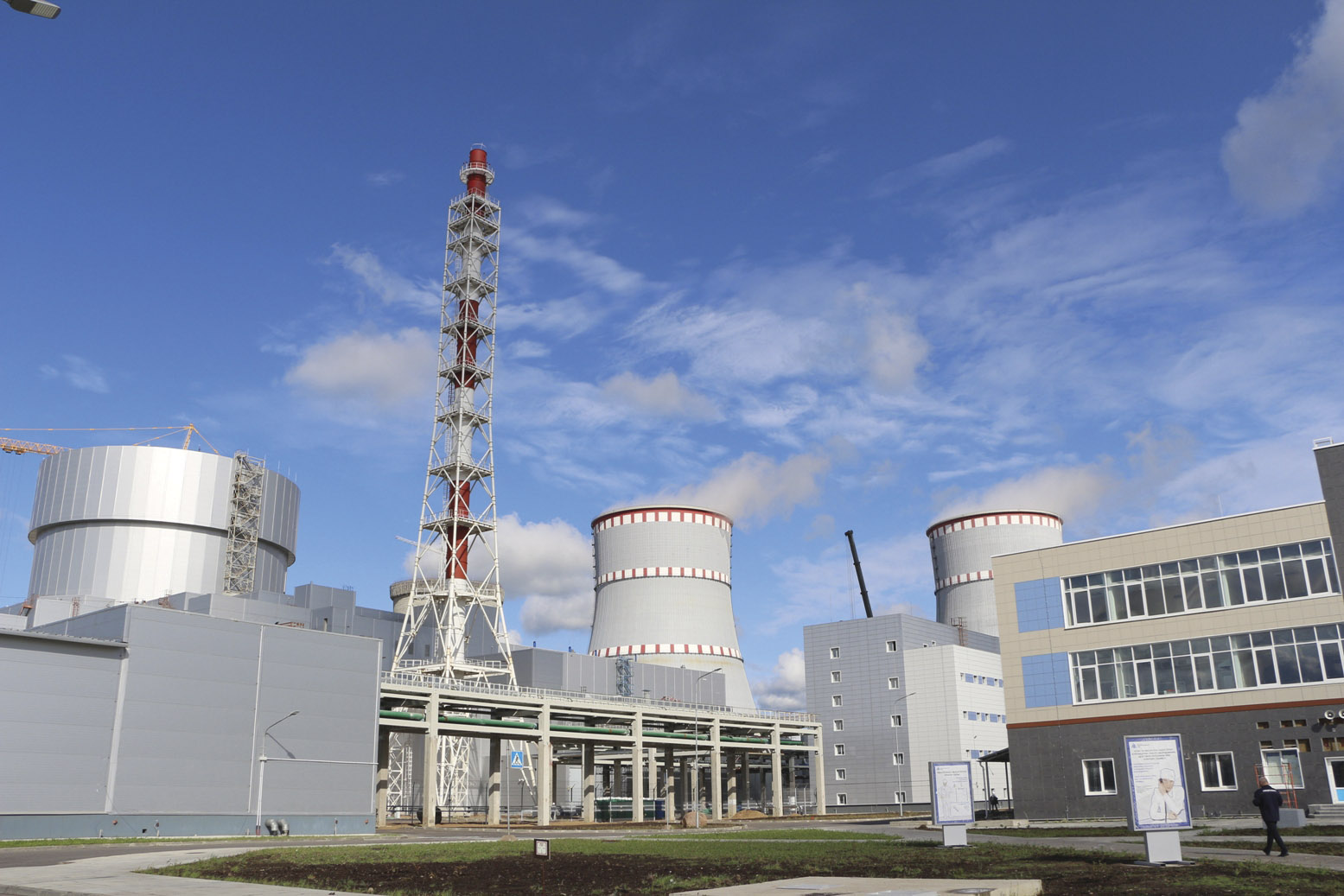The DOE’s Transformational Challenge Reactor program is harnessing recent advances in manufacturing, materials, and computational sciences to rapidly build and operate an advanced reactor core.

The TCR program is leveraging an agile approach—one that is centered around continuously informing the process—to accelerate deployment timelines and introduce performance improvements. Image: Adam Malin, ORNL
Soon after Enrico Fermi’s Chicago Pile-1 went critical for a brief duration in December 1942, the construction of the first continuously operating reactor, the X-10 Graphite Reactor, was initiated in February 1943 at Clinton Engineer Works in Oak Ridge, Tenn. On November 4 of that year, a mere nine months after the start of construction, the reactor began operation. This marked the onset of what Alvin M. Weinberg referred to as “the first nuclear era,” during which many reactors of various designs and operating parameters were built and demonstrated across the United States. Forty years ago, the Fast Flux Test Facility was the last U.S. non-light-water reactor to reach criticality, and it has since been decommissioned.
The partial collapse of PUREX Tunnel 1 in 2017 prompted a review of Hanford’s maintenance of the site’s unused, contaminated buildings.
A report released to the public on February 20 by the Government Accountability Office concluded that maintenance inspections at several contaminated excess facilities at the Department of Energy’s Hanford Site, near Richland, Wash., have not been comprehensive and that there are areas of some facilities that personnel infrequently or never enter, either physically or by remote means, to conduct inspections. The GAO reviewed surveillance and maintenance (S&M) requirements and activities at 18 of Hanford’s approximately 800 excess facilities that require cleanup and found that improvements to the site’s S&M program are needed.
BWXT is using advances in manufacturing and fuel to power exciting technology
The United States is pursuing the objective to land humans more than 100 million miles away on Mars, and nuclear power has the potential to be a key technology in getting to the Red Planet and providing power while there. Specifically, nuclear thermal propulsion (NTP) is a promising approach that could enable astronauts to travel from Earth’s orbit to Mars and back in a fraction of the time, and with greater safety, than is available with other options.
The awards will fund research into artificial intelligence and machine learning approaches to developing fusion energy, as well as fundamental theory and simulation.
The Department of Energy announced on March 4 that it will provide $30 million for new research on fusion energy. The funding will provide $17 million for research focused specifically on artificial intelligence (AI) and machine learning (ML) approaches for the prediction of key plasma phenomena, management of facility operations, and accelerated discovery through data science, among other topics. An additional $13 million under a separate funding opportunity will be devoted to fundamental fusion theory research, including computer modeling and simulation, focused on factors affecting the behavior of hot plasmas confined by magnetic fields in fusion reactors.






